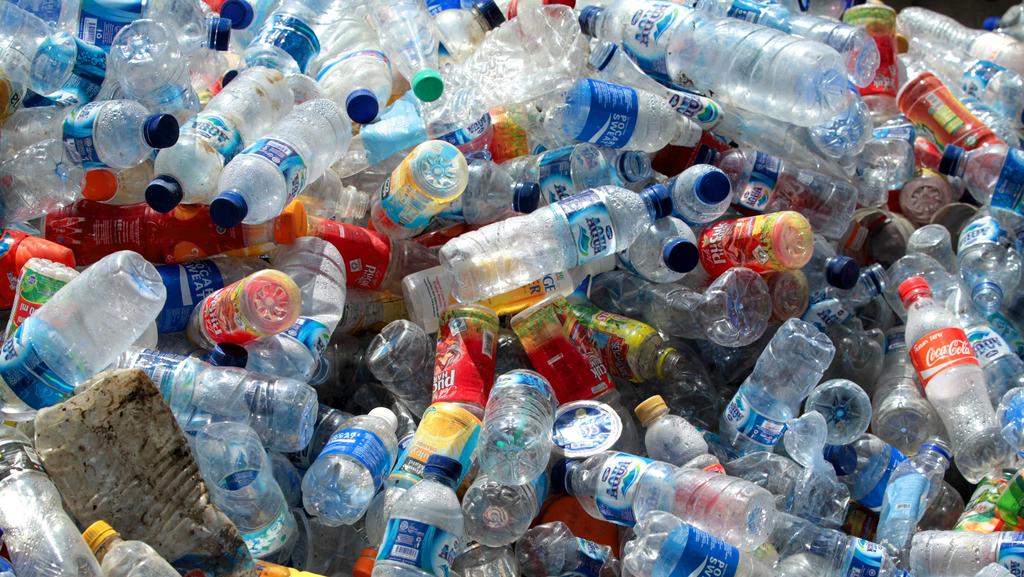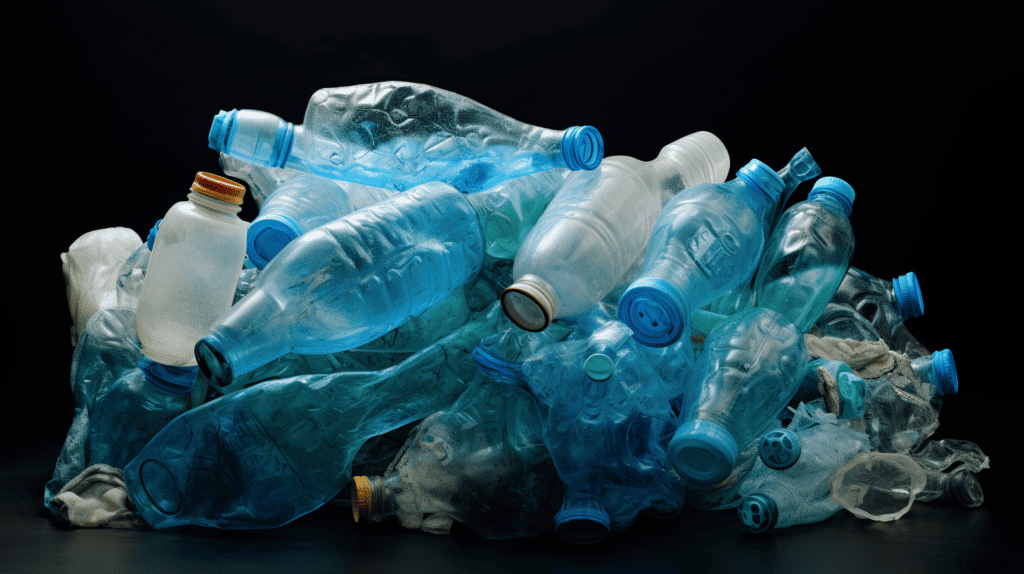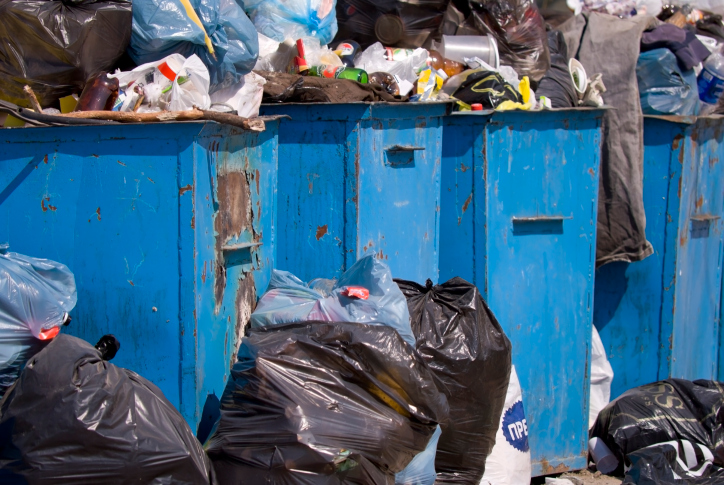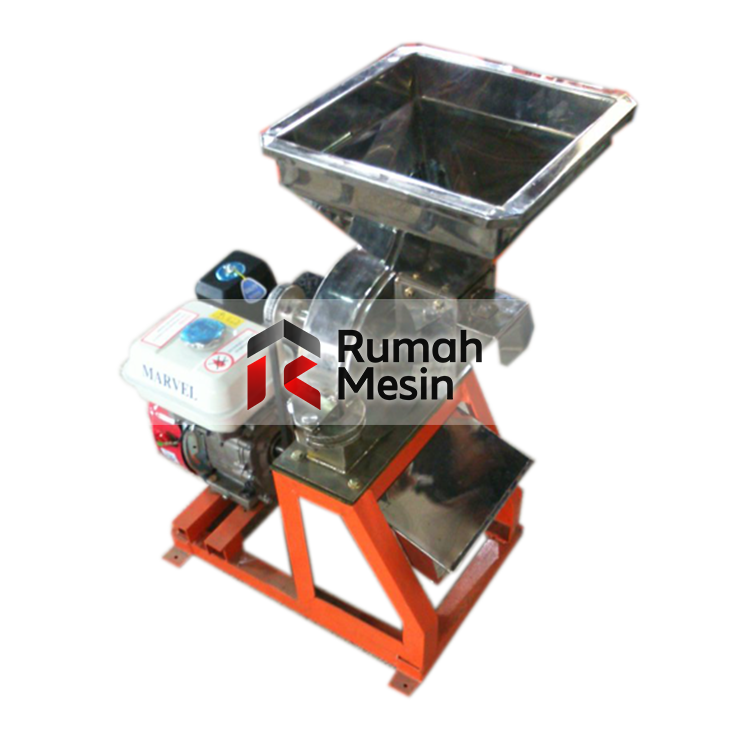The Science Behind Charcoal Briquette
Charcoal briquettes have revolutionized the way we think about sustainable energy and fuel sources. These small but mighty pieces are made by compressing organic materials, such as wood or agricultural waste, into dense, easy-to-handle blocks. Understanding The Science Behind Charcoal briquettes requires diving into their composition, production process, and environmental benefits.

What Are Charcoal Briquettes?
Charcoal briquettes are a type of fuel made from charred organic materials. Unlike traditional lump charcoal, briquettes are manufactured to ensure uniform size, shape, and burning characteristics. A key component of their production is the use of binding agents, which hold the compressed materials together. This ensures that the briquettes burn evenly and produce consistent heat.
How Are Charcoal Briquettes Made?
The production process of charcoal briquettes involves several stages. First, raw materials such as coconut shells, sawdust, or agricultural residues are carbonized. This process removes moisture and volatile compounds, leaving behind pure carbon. Afterward, the carbonized material is ground into a fine powder and mixed with binders like starch or clay. The mixture is then compressed into molds to form the desired shape.
One of the most popular types is the coconut shell charcoal briquette, which is prized for its high calorific value and clean-burning properties. Coconut shells, a waste product in many regions, are converted into a valuable and sustainable fuel source through this process.
The Chemistry of Charcoal Briquettes
The combustion of charcoal briquettes is a controlled chemical process. When ignited, the carbon reacts with oxygen to produce heat and carbon dioxide. The slow and steady burn of briquettes is due to their compact structure, which limits the rate of oxygen flow. This makes them ideal for grilling and heating applications where consistent temperature is essential.
Charcoal briquettes also produce less smoke compared to raw wood, making them a cleaner option for both indoor and outdoor use. Additionally, additives in the briquette formula can enhance burning efficiency and reduce ash production.
Environmental Benefits
One of the most significant advantages of charcoal briquettes is their sustainability. Using agricultural byproducts like coconut shells reduces waste and promotes the circular economy. Additionally, modern production methods minimize harmful emissions during the carbonization process.
Compared to fossil fuels, charcoal briquettes have a smaller carbon footprint. They are renewable and can be produced locally, reducing the environmental impact associated with transportation.
Applications of Charcoal Briquettes
Charcoal briquettes are versatile and widely used in various industries. In households, they are popular for outdoor grilling and heating. In industrial settings, they serve as a reliable source of heat for manufacturing processes. The consistent heat output and longer burning time of briquettes make them a preferred choice over traditional firewood or coal.
For those looking to adopt more eco-friendly practices, switching to coconut shell charcoal briquette can be a game-changer. These briquettes not only reduce waste but also deliver superior performance compared to conventional options.
The Future of Charcoal Briquettes
As the world moves towards greener energy solutions, the demand for sustainable fuel sources like charcoal briquettes continues to rise. Innovations in production technology and the exploration of new raw materials promise to make briquettes even more efficient and eco-friendly.
Understanding The Science Behind Charcoal briquettes helps us appreciate their role in a sustainable future. By choosing products like coconut shell charcoal briquette, consumers can contribute to environmental conservation while enjoying high-quality fuel for their needs.
In conclusion, charcoal briquettes combine science, sustainability, and practicality. They are a testament to how innovative thinking can transform waste into a valuable resource. Whether for cooking, heating, or industrial use, these briquettes are paving the way for a cleaner and more efficient energy landscape.




